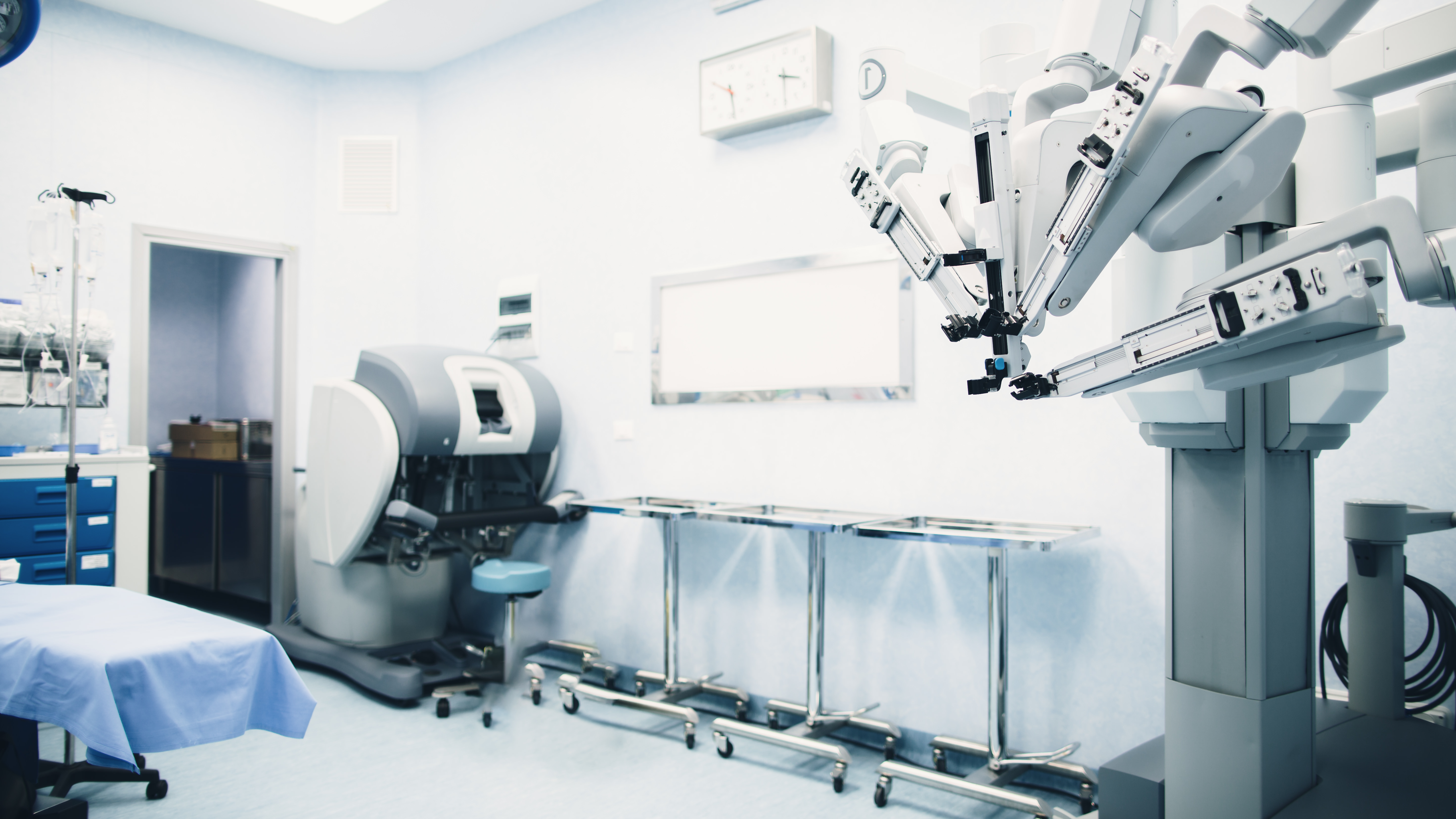
The European Patent Office (EPO), like many jurisdictions, does not allow patents in respect of methods for medical treatment, the overriding principle being to “prevent non-commercial and non-industrial medical and veterinary activities from being restrained by patent rights”. However, this exclusion has generally been construed narrowly in that: (1) it only applies to methods and does not exclude patents for tools or compositions used in medical treatment or surgery; and (2) to fall within the exclusion a method must encompass at least one feature constituting a method of treatment performed on a human or animal body by surgery or therapy.
Until recently this exception was also not considered to prevent claims for software for performing methods of surgery or therapy. Indeed, the the EPO Guidelines G-II, 4.2.1 unambiguously state that, claimed correctly, these innovations bypass the exclusion:
Claims to medical devices, computer programs and storage media which comprise subject-matter corresponding to that of a method for treatment of the human or animal body by surgery or therapy or to that of a diagnostic method practised on the human or animal body are not to be objected to under Art. 53(c), because only method claims may fall under the exception of Art. 53(c).
However, Dominic Jacques and Jack Severs recently reported on the decision T 0944/15 by the EPO’s Board of appeal, in which, despite the claims both (1) being limited to a computer program, and (2) not explicitly claiming any method of treatment, the application was nevertheless refused under the medical treatment exclusion.
Specifically, the Board of Appeal reasoned that, just because a patent application does not explicitly claim a method for treatment, this does not mean that the invention is not a method of treatment, when the full teaching of the application is considered as a whole. In particular, the Board of Appeal indicated that there is a distinction between the claimed scope of protection and what the invention, described in the application as a whole, relates to. They concluded that it is the teaching as a whole which is relevant for the assessment of the nature of the invention in respect of Article 53(c) EPC.
In T 0944/15, the Board of Appeal found that no technical effect was described resulting from the computer-implemented method alone. Instead, a technical effect was only described for when the computer-implemented method is used to reduce a total radiation exposure of a patient during a method for treatment. The Board therefore found that a method of treatment was inherently required to provide this effect even if it was not claimed, and therefore the invention fell within the exclusion to patentability of Article 53(c) EPC. Furthermore, the board found that reformulating the claim as a computer program did not change the assessment as a computer program is only “the necessary description of the method in a manner that can be understood by the computer”.
This decision highlights several important considerations when drafting applications relating to computer implemented methods of surgery or therapy:
1. Claim the hardware if possible
Apparatus claims do not fall within the European exclusion on medical methods. As a result, in many cases, the most straightforward way to avoid exclusion on patenting methods for medical treatment is still to claim one or more essential aspects of the hardware which are used in the invention. These hardware aspects may be, for example, aspects of the robotics, a probe or manipulator.
Claims comprising hardware and software components, such as a surgical robotics system comprising a probe and a processor configured to execute a series of steps to control the probe in a particular way, are also likely to bypass the exclusion, unless the method executed by the processor includes a method step relating to surgery or therapy performed on the human body.
2. When claiming a method or a computer program, ensure that no steps are included relating to treatment performed on the human body
For many surgical robotics inventions, the innovation may lie in the software used to perform a process and so must be defined in terms of a process. As clear from the decision in T 0944/15, simply claiming the process as a computer program or computer implemented method is not sufficient to avoid the exclusion if it involves operational steps involving treatment by surgery or therapy performed on the body.
In this case, whether formulated as a method, computer-implemented method or computer program claim, it is firstly important that no such treatment steps are explicitly defined in the claim if the exclusion is to be avoided. The case law is clear that methods of controlling an apparatus are allowed so the method steps should be generalised to control of the apparatus, without linking to an outcome in terms of the surgical steps performed on the body.
Where some of the method steps may be closely linked to the surgical or therapeutic steps – or whether it might be interpreted that the advantages of the claimed steps are related to improvements in the treatment outcome – it is important to take this into account when framing the invention in the description, as explained below.
3. When claiming a method or computer program, it is important to appropriately frame the invention and its advantages in the description
A key takeaway from T 0944/15 is that even if no surgical/therapeutic steps are explicitly claimed, the application may still be rejected if the invention is described as being intrinsically linked to a method of treatment, for example if the advantages of the invention only relate to improved efficacy of the treatment. Therefore, ensuring the invention is appropriately framed in the description is equally important as drafting the claims.
With this in mind, when claiming a method or computer program for computer implemented surgery of therapy it is important to define the advantages that are distinct from the treatment outcomes in the description. The invention should be explained in a way which is detached from the method of treatment, focusing on the technical advantages of the method or software which are distinct from the treatment outcomes. For example, methods which provide more precise control of a device, improve the ease of interaction between the device and operator or improve the range of movement of a manipulator are all separable from the treatment performed on a human body.
In some cases, it could be difficult to predict where a patent examiner will draw the line for an excluded medical treatment. Similarly, the approach of other patent offices differs from that of the EPO and so where there is uncertainty in how the invention will be interpreted by an examiner during prosecution, it is important to include alternative statements of the invention, which are supported by corresponding, separate passages of the description.
For more advice on drafting patent applications in the field of computer-implemented surgery or therapy, please find our contact information in our web profiles here and here or contact our specialist MedTech team at medtech@gje.com.

